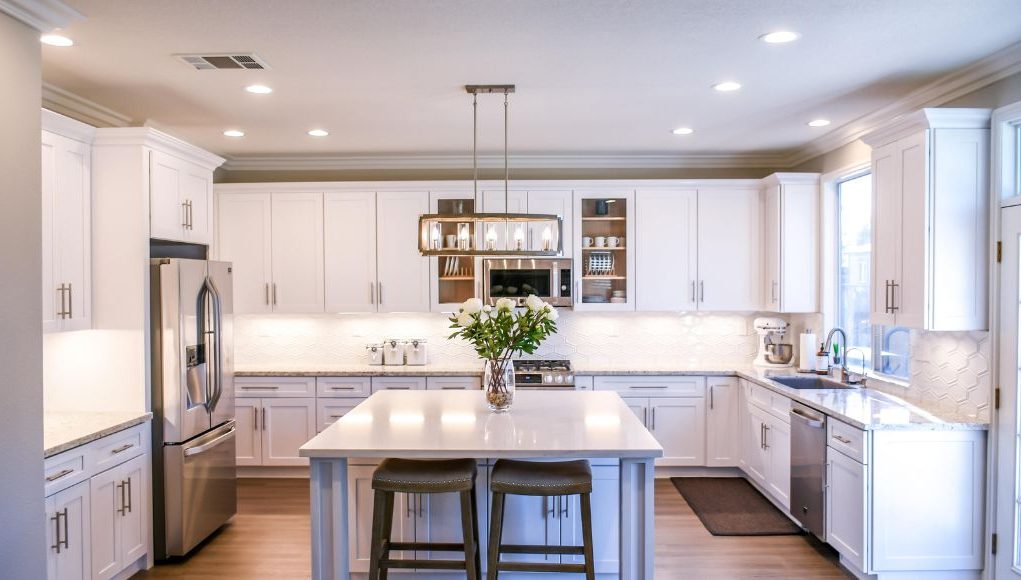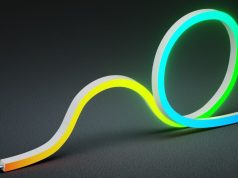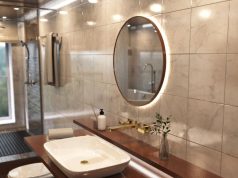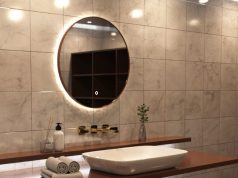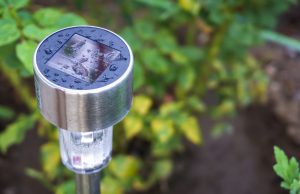Whether it is the type of downlight or brightness of light on the colour temperature chart (warm white downlight, bright downlight bulbs or close to illuminated sunlight) – the right purchase decision is crucial.
Good or bad lighting impacts everything we do, so it is important to choose the right light that is suitable and versatile for everyone (workplace or at home).
However, are LED downlights even worth buying for your household? What do they consist of and what benefits do they bring to the table? And more importantly, are they adjustable? Read along to gain more knowledge and guidance needed for LED downlights in your property.
What are LED Downlights?
Before we delve deeper into our thoughts on LED downlights, it is vital to understand the function of the light and what it offers in any given environment.
Typically popular in living rooms, bathrooms and bedrooms, LED downlights are completely built-in and recessed into your ceiling one at a time.
You will only be able to see the lightbulb and the outer layer of the bezel that will ring it – rather than LED spotlights where you can see the full design of the light.
The subtleness and modern ambience of these types of lights in any desired room will be sure to add a unique style to your household or business.
Depending on the number of rooms you want to install LED downlights into will determine the number of downlights you will need to invest in. Not only that, but many people have contrasting ideas on what they want for their downlights.
For example, one person may want to use downlights for general lighting – whereas, another person may want to illuminate a smaller area within a room. Therefore, deciding on the number of downlights you will need will depend on these factors.
Once you have an idea of the type of lighting you want LED downlights to bring, then you can either make the decision yourself or get a professional to help you with the placement and installation of your desired amount of downlights.
Benefits of LED Downlights
Considering other traditional light options such as incandescent, fluorescent and halogen lights – LED downlights are now among the most favoured lights for certain areas of buildings. For good reason, these LED light bulbs are seeing an increase in sales over recent years.
But why are they seeing this spike in revenue? What do they bring that differs from any conventional form of lighting? Why not use wall lights instead? Carry on reading to learn more about the benefits of LED lighting and downlights in unison.
With LED downlights becoming popular in multiple households and businesses, there are some standout benefits that are extremely impressive.
As recessed downlights use very little electricity to power their brightness (compared to regular orthodox lighting), there will be little to no heat being emitted by your light.
Also, with less electricity being operated, you will use excessively less energy. In essence, you will be saving a large sum of money over time on replacing your lighting – whilst saving the planet from experiencing unwanted pollution.
With a lifespan of up to 50,000 hours (10 years!), you rarely have to replace your lighting. Whereas, with traditional bulbs, it feels like you’re always up a ladder replacing your ceiling lights!
Opposing colours and or shades of colours are typically available (based on the provider) anywhere up and down the colour temperature spectrum. The most sought-after temperatures are bright and warm whites. Nonetheless, this is ultimately your decision.
This can be coupled with different colours if you invest in smart LED bulbs which can provide a more creative and artistic look to the chosen room.
Can You Adjust LED Downlights?
Due to the mounted hole that has been made in the ceiling where you decide to place all of your LED downlights, there is a question that many people ask about the adjustability of LED downlights.
Are there adjustable and non-adjustable LED downlights or are they all non-adjustable? Well, the simple answer is that there are both types of recessed lights.
Now that these adjustable downlights are becoming more and more common among the public choice, we feel the need to run you through its functions and benefits.
Similarly to its non-adjustable counterpart, an adjustable LED downlight will carefully focus on an object or spot that will need lighting up.
In addition, they conserve and save just as much energy as other LED lights. LED light bulbs are notorious for being the most energy-efficient lighting method bar no other.
Even the process of mounting the ceiling is the same way as a non-adjustable LED downlight and will take the same required amount of work. On top of that, the round adjustable downlight lamps will ultimately be similar to the contrasting model.
Nevertheless, there is one major difference that can ultimately make a huge difference in several scenarios. Having a downlight placed in between the bezel for adjustable lighting allows for a slight tilt or alteration in positioning.
For example, if you’re cooking a meal for your family and need to focus on the specific food that you’re cooking – it is possible to tilt the light toward your food. This enhances your ability to hone in on a specific task.
Whether you like to read in your bedroom or eat at the table with your family, these attentive tasks will need specific lighting to be done effectively for the best experience.
However, the only downfall is that not everyday task will need this amount of attention brought on to it. Only specific moments will require this amount of focus (which can always make a difference).
Consequently, it may be suitable in certain areas of your household or business, but not all LED downlights will need to be adjustable for every scenario.
Whether it’s a fire-rated LED downlight, dimmable downlights or bathroom downlights – you should always choose what is best for your daily occurrences (adjustable or non-adjustable). Or, you can have a mix of both!


